Geez, in the course of a 24-hour period we’ve had news reports of a couple of people drowning in South Australia, while another has died of thirst in the Northern Territory. And I’m writing this just as summer is beginning, while the hottest months are ahead and water will soon be the playground many of us will gravitate to.
Just a few months ago, Royal Life Saving Australia produced its annual National Drowning Report, covering the period from July 2019 to June 2020. During this period, 248 people lost their lives to drowning and they estimate a further 504 people experienced a non-fatal drowning incident. These are horrible figures, each representing a family that has lost somebody near and dear to them.
Males made up 80 per cent of the fatalities, indicating that no matter how macho us males feel we are, we overestimate our capabilities and don't take safety around water seriously enough.
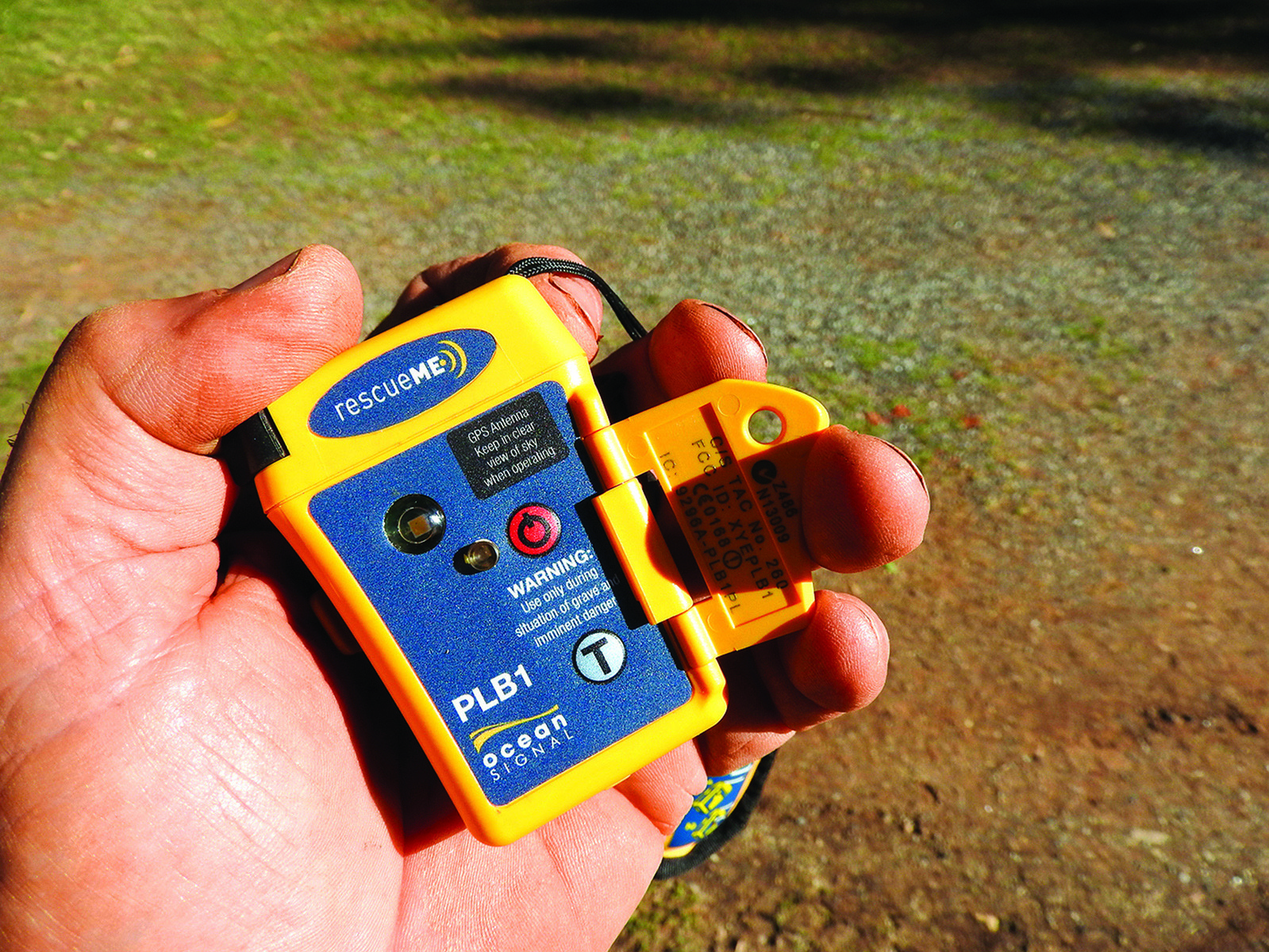


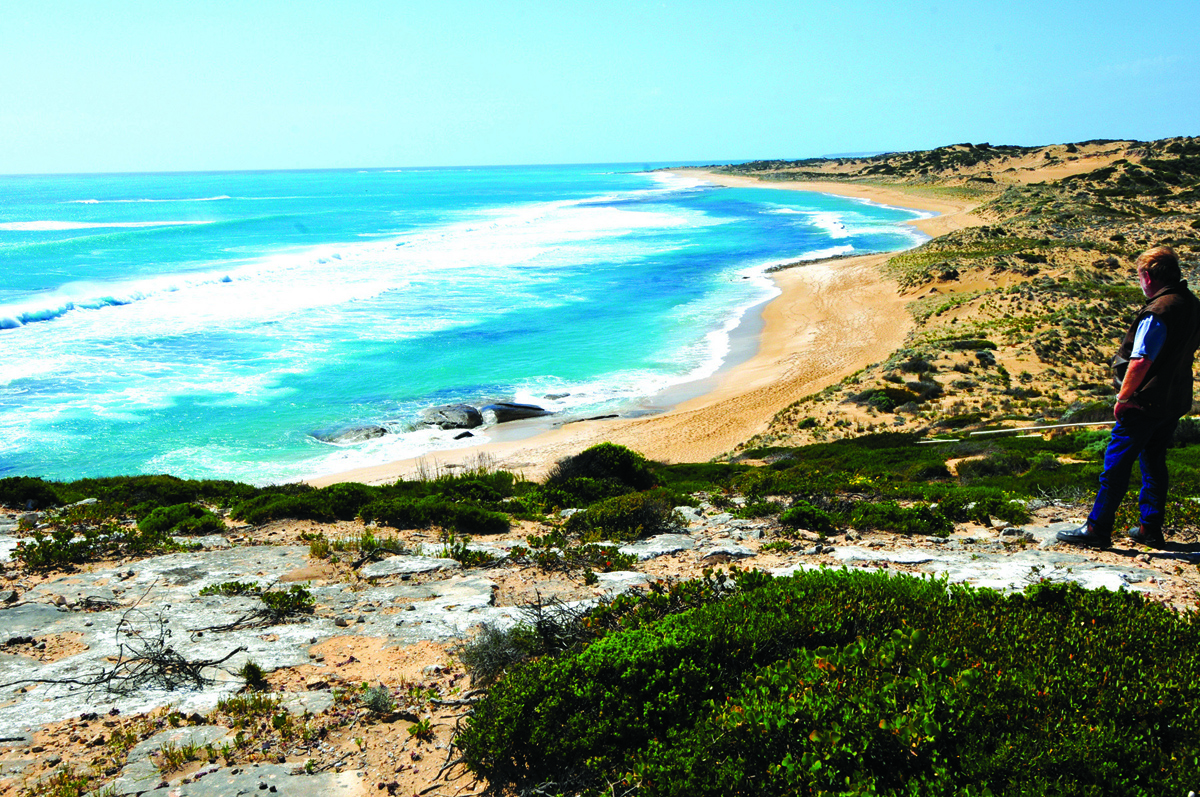
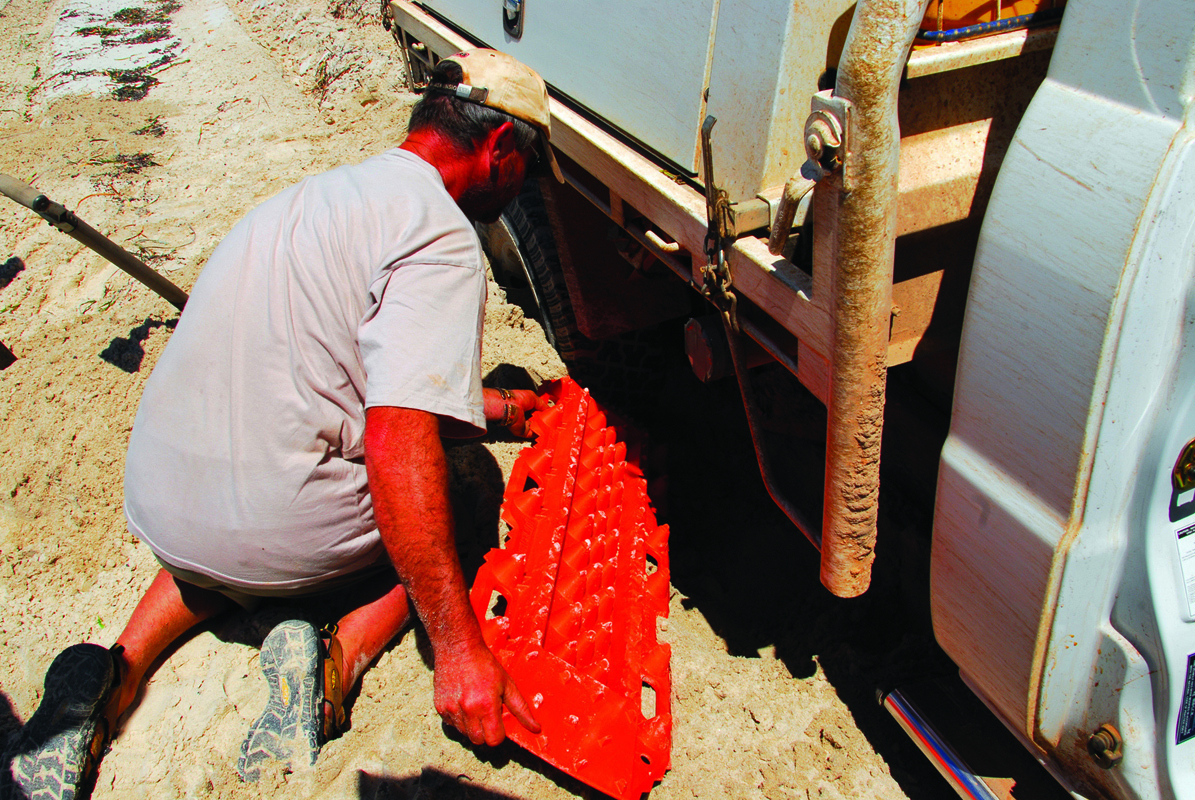
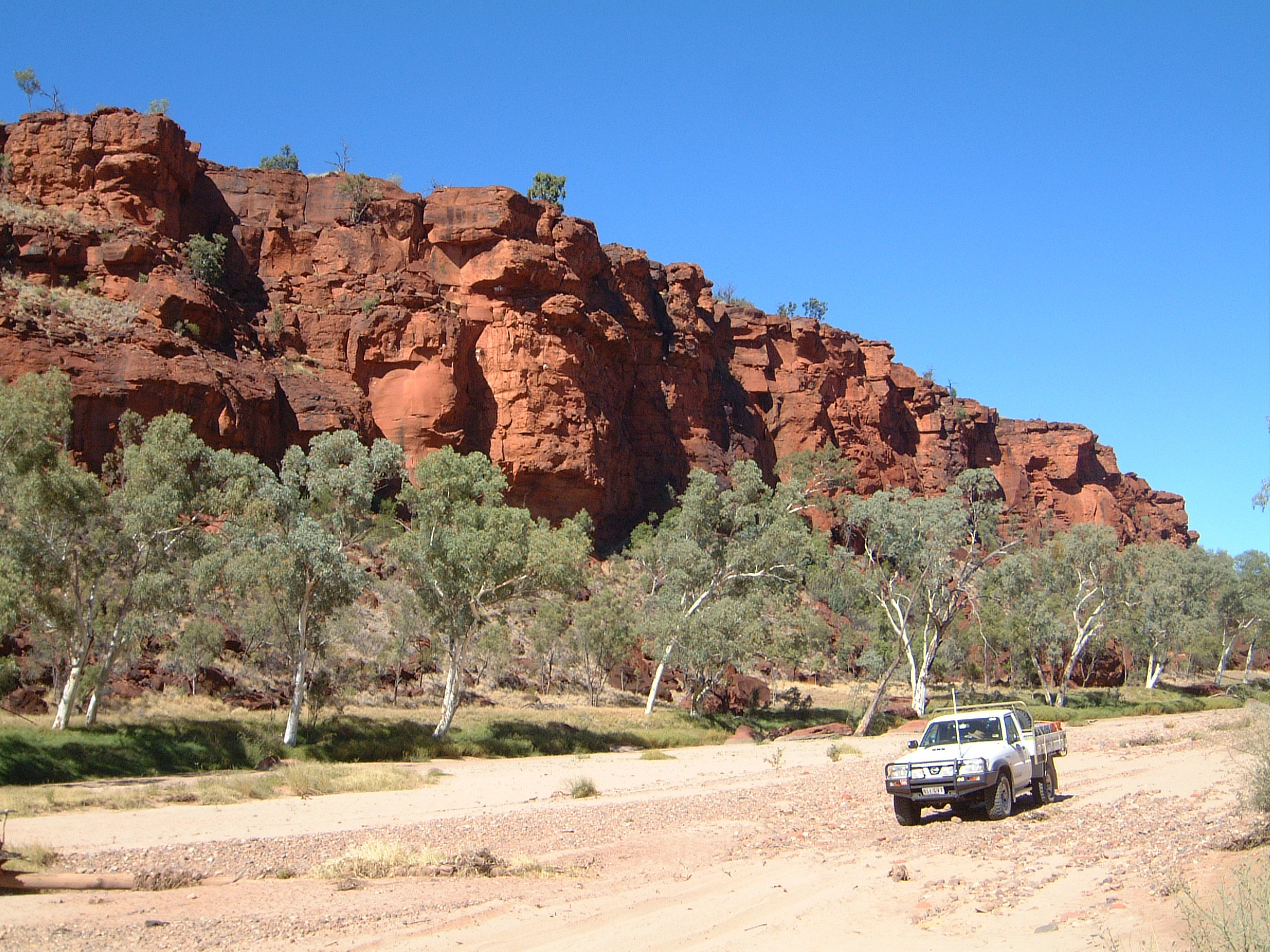
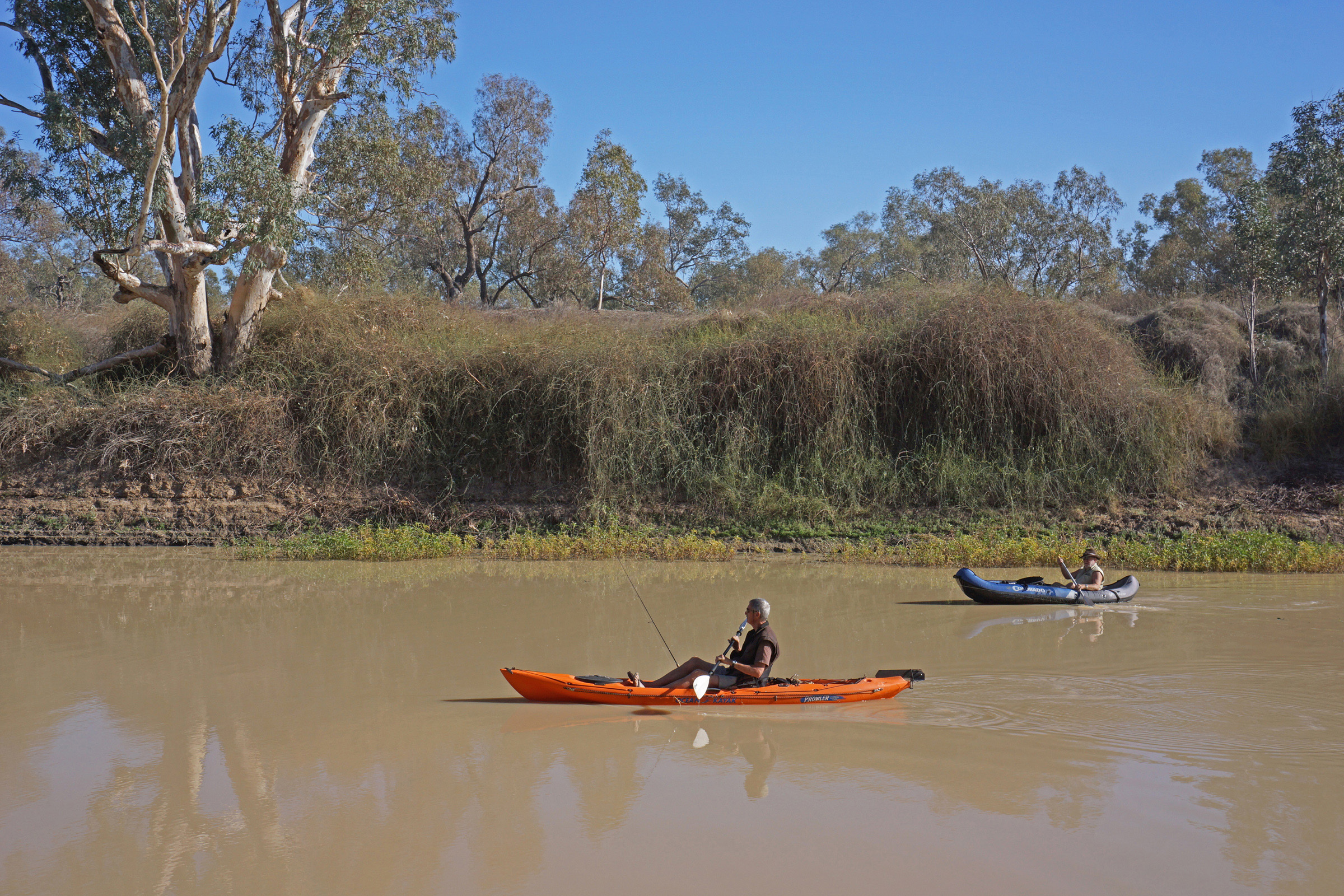
The two most recent drownings in SA are cases in point. One was a fisherman who drowned after falling off rocks at Browns Beach, a popular fishing spot near the southern tip of Yorke Peninsula. It’s a top spot and one we used to frequent back in the early spearfishing days, but the surf can be wild there and, when it is, the rocks are a place to stay away from.
The second drowning was of a couple of blokes who went for a paddle in their inflatable canoe on Lake Alexandrina near Milang. While one had been rescued suffering hypothermia after a few hours in the water, his mate’s body wasn’t found for another six days until the police search found him amongst reeds. Neither were wearing life jackets and, while it seems so easy and harmless to go for a quick paddle, you still have to be aware of the safety issues — and wearing a life jacket whenever you go onto the water is a good start.
When you are on the beach, do you know how to spot a rip current? Rips are the number one hazard on Australian beaches, sucking people out to sea, many of them never to be seen again. As we travel to more remote places than most people, the beaches we enjoy are not patrolled and don’t have red and yellow flags to denote where it is safe to enter the water. If you haven’t a clue about rips and how to recognise them, check out: beachsafe.org.au/surf-safety/ripcurrents.
It could well save your life.
Then there is the other situation far away from water; so far away in fact, that you die from thirst. Sadly, in Australia each year a number of people die from thirst. In almost every case their vehicle has broken down, or has become bogged and they have walked away from it.
In the latest case in the NT, a 37-year old man’s body was found near his vehicle which was bogged in the deep soft sand of the Finke River in the vicinity of Boggy Hole, a popular 4WD destination southwest of Alice Springs. The vehicle was a Nissan X-Trail which, like any SUV, is not suitable for the route he took. It was something that had been highlighted to him on Google Maps.
Police reported he had run out of water and the temperatures during the day had been in the low 40s, so it had been hot.
At an ambient temperature of 40C and with no water it takes a surprisingly small amount of time before dehydration and heat stroke set in; especially if you are trying to extricate a bogged vehicle or similar under a hot desiccating sun.
Each year the same warnings are given, seemingly without any notice being taken — something about the human condition insisting that it won’t happen to us, I guess! Still, we’ll reiterate the warnings once more.
Before you go make sure your vehicle is in good condition. Carry some basic spares, a toolkit and some recovery gear, especially Maxtrax or similar, and know how to use them.
Carry some form of emergency communication device — a mobile phone is not good enough! A sat phone is great, as is a HF Radio but at the very least carry a Personal Locator Beacon (PLB) or a ‘Spot’. But only activate them if it is a real emergency!
Carry 20L of water or more — one bottle for a family isn’t good enough.
And, if you break down, stay with your vehicle. It’s no guarantee you’ll be found, but it’s a darn sight better than walking away from a big shiny object that offers protection from the elements, and is much easier to see than a lone person wandering through the scrub.




